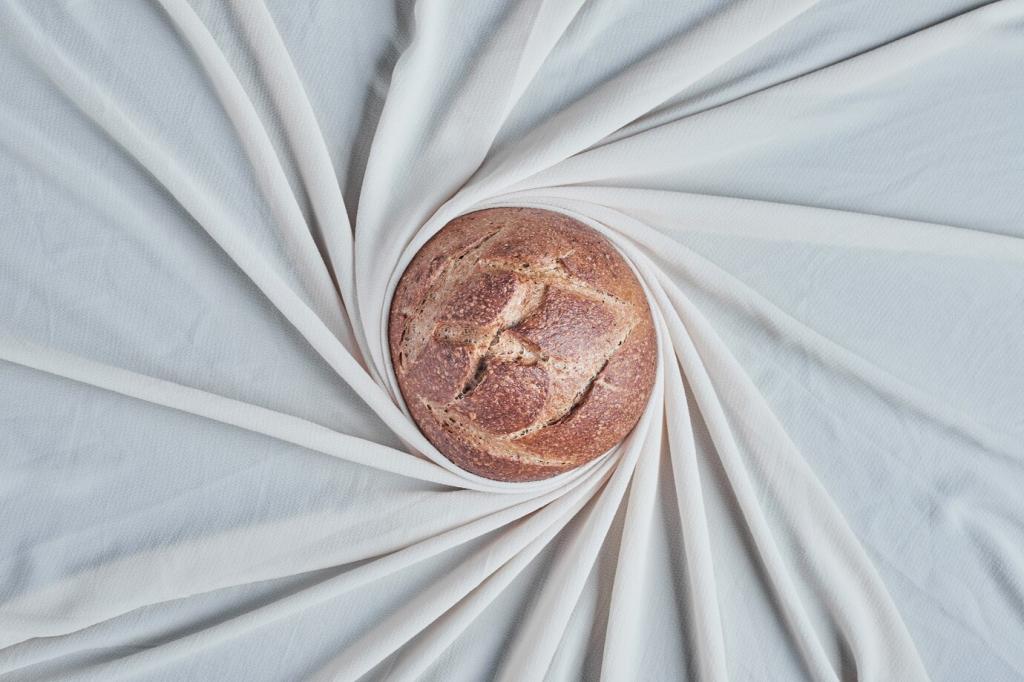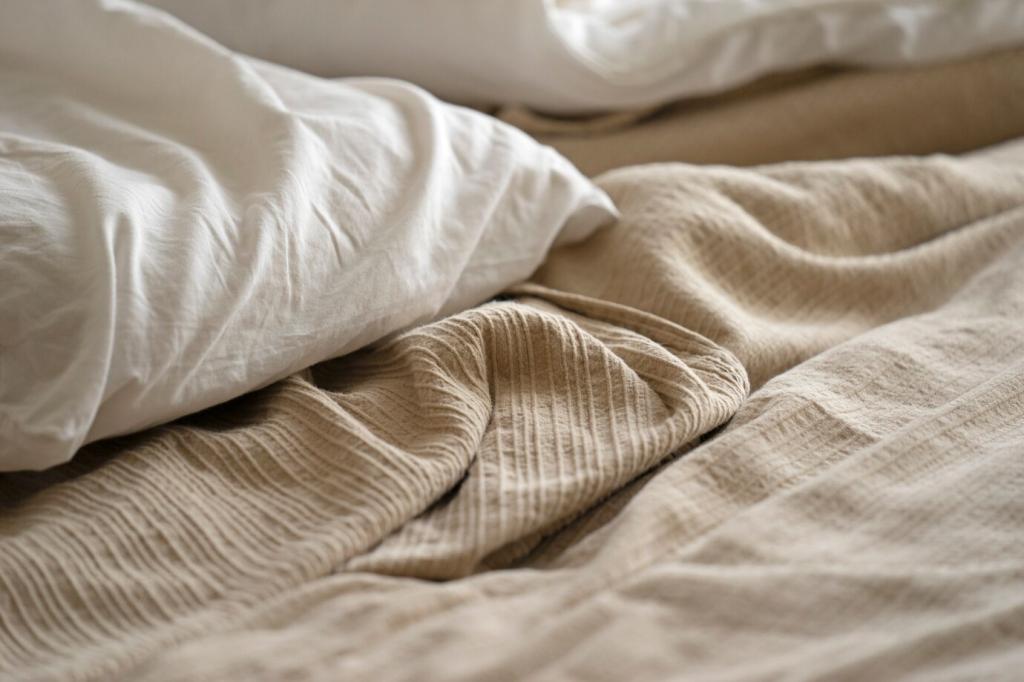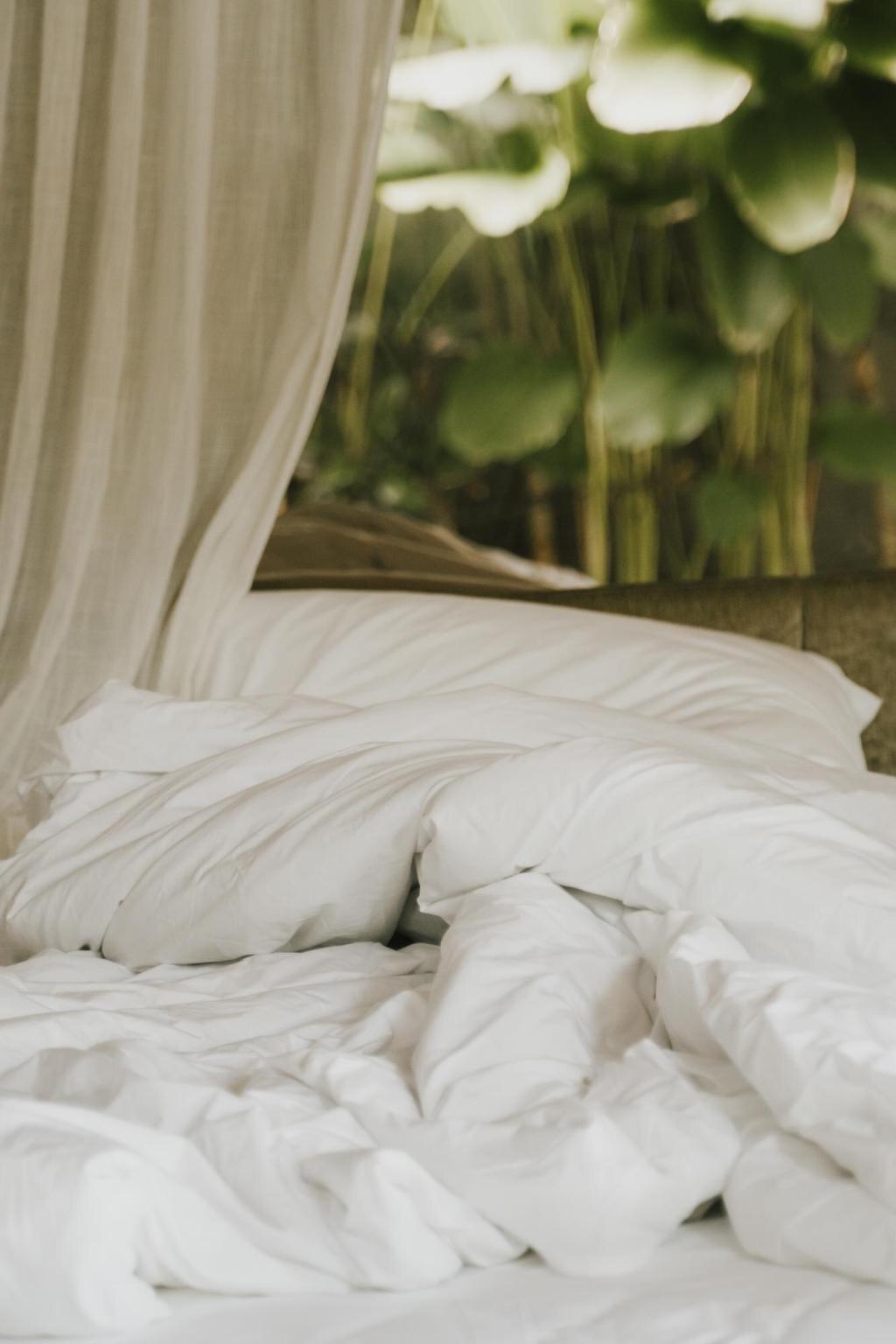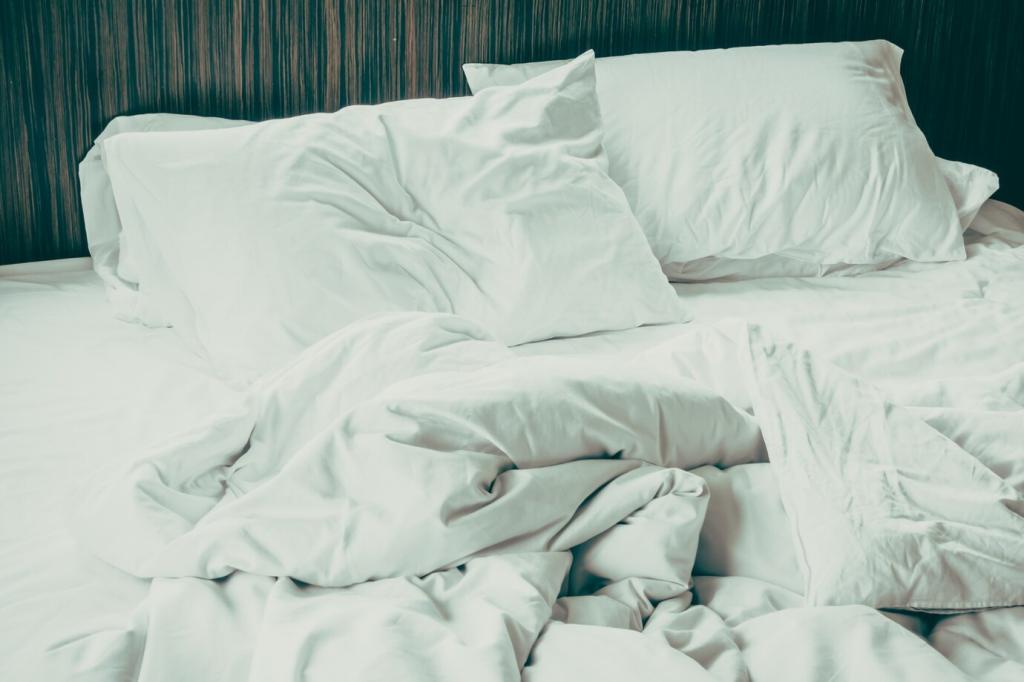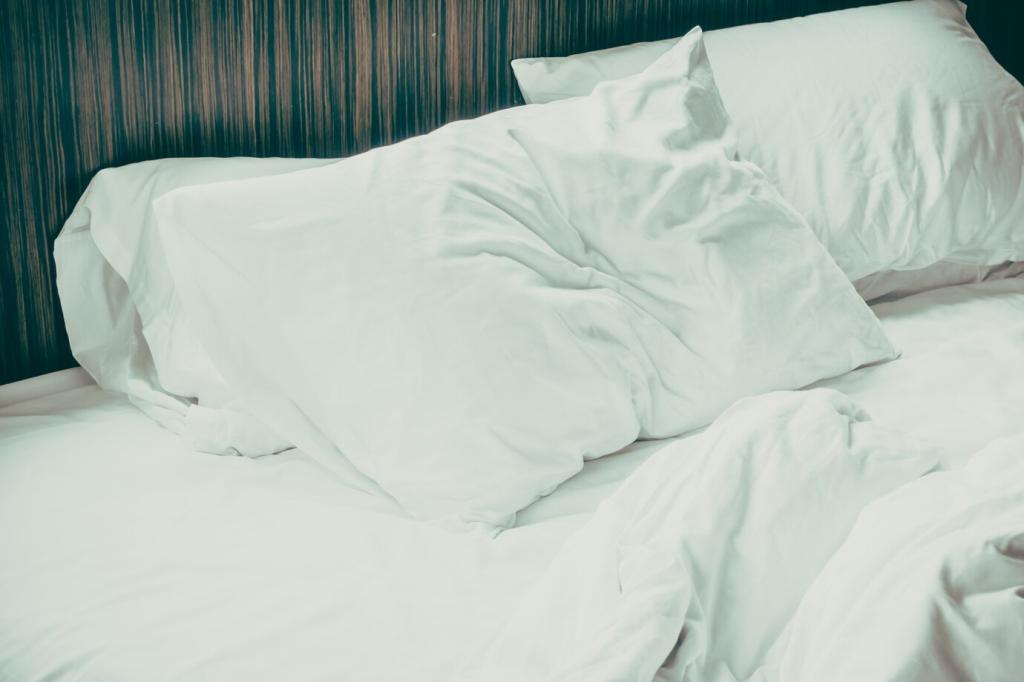How to Verify Before You Buy
Find the standard, certifier, and ID on the label or product page. Use the official database to confirm validity dates, scope, and product category. If missing, message the brand; respectful persistence often gets a helpful response within a day.
How to Verify Before You Buy
Instead of “Is it certified?”, ask, “Which standard, which laboratory, and what is the certificate ID?” Specificity invites precise answers. If you receive evasive replies, consider alternatives. Comment with your scripts; we’ll refine them for the community.

